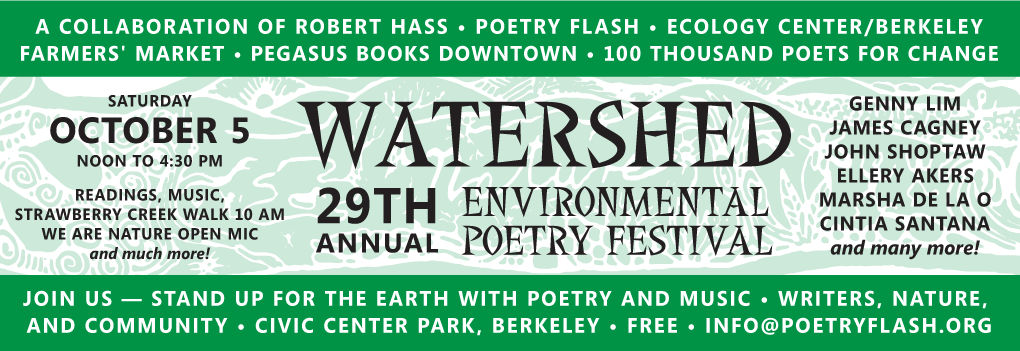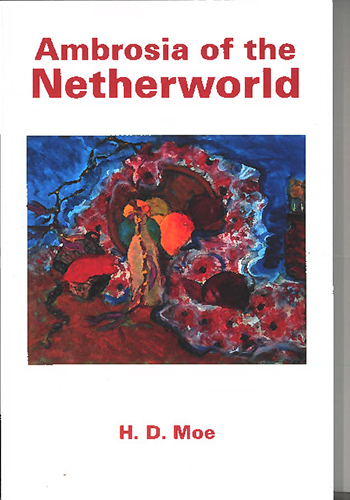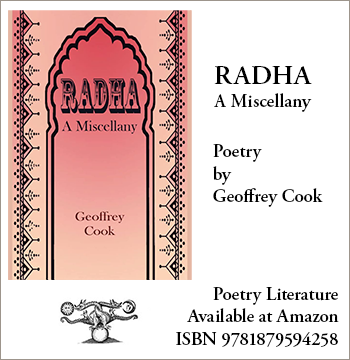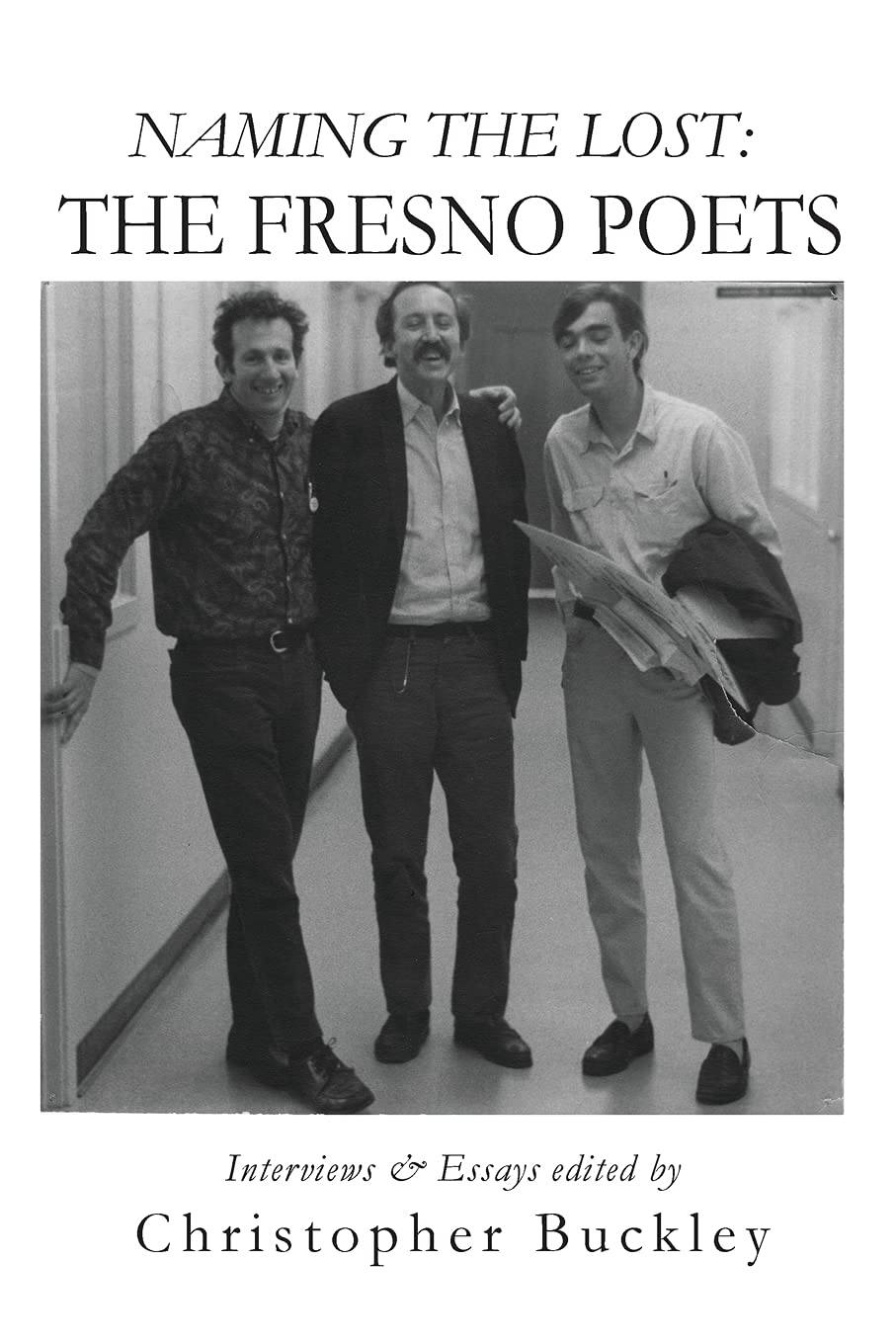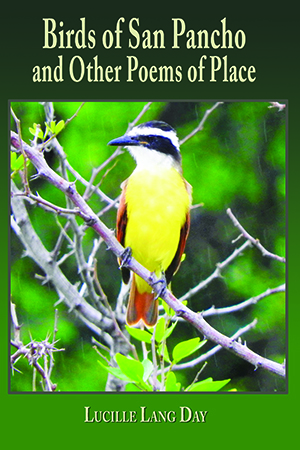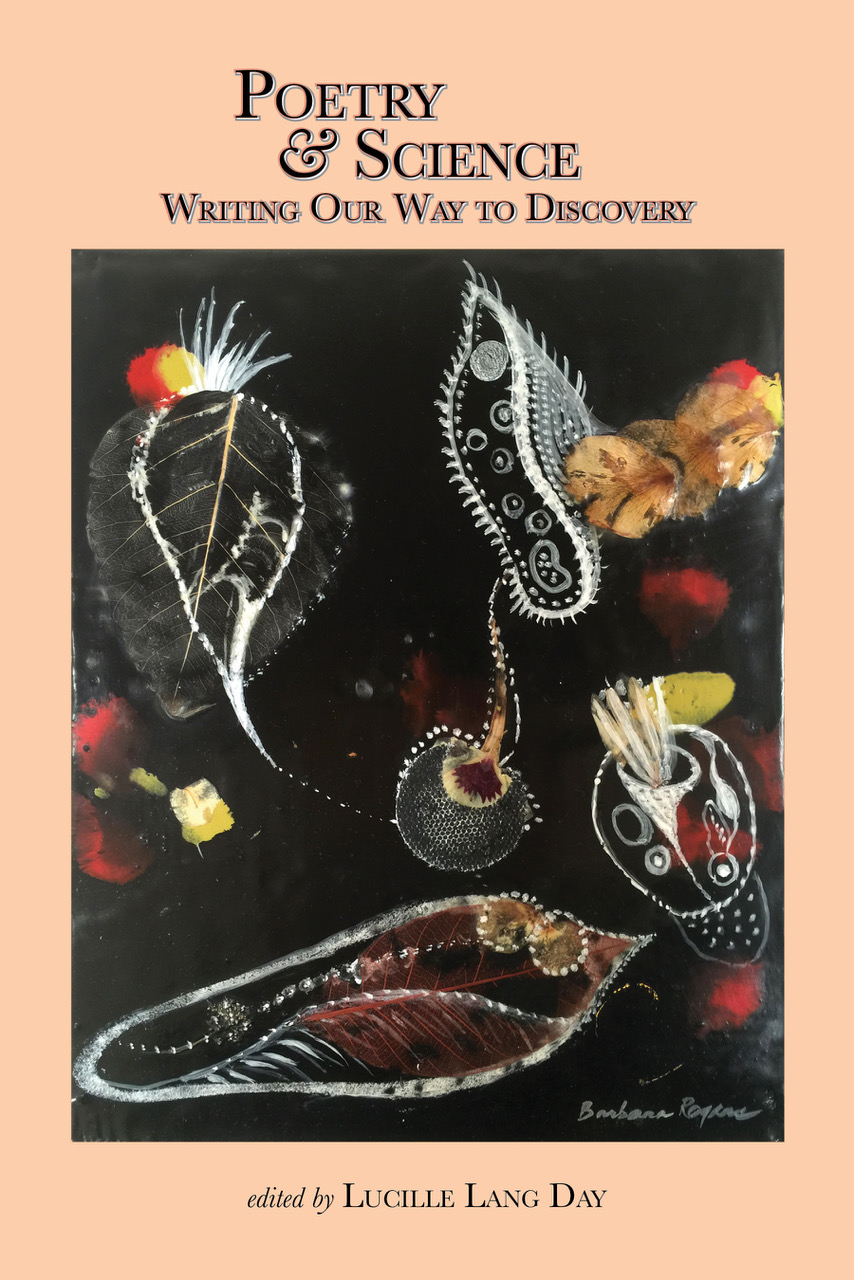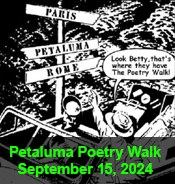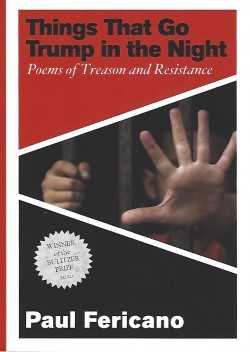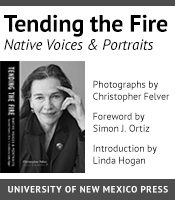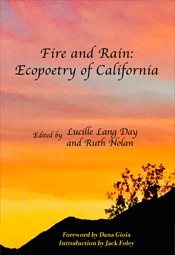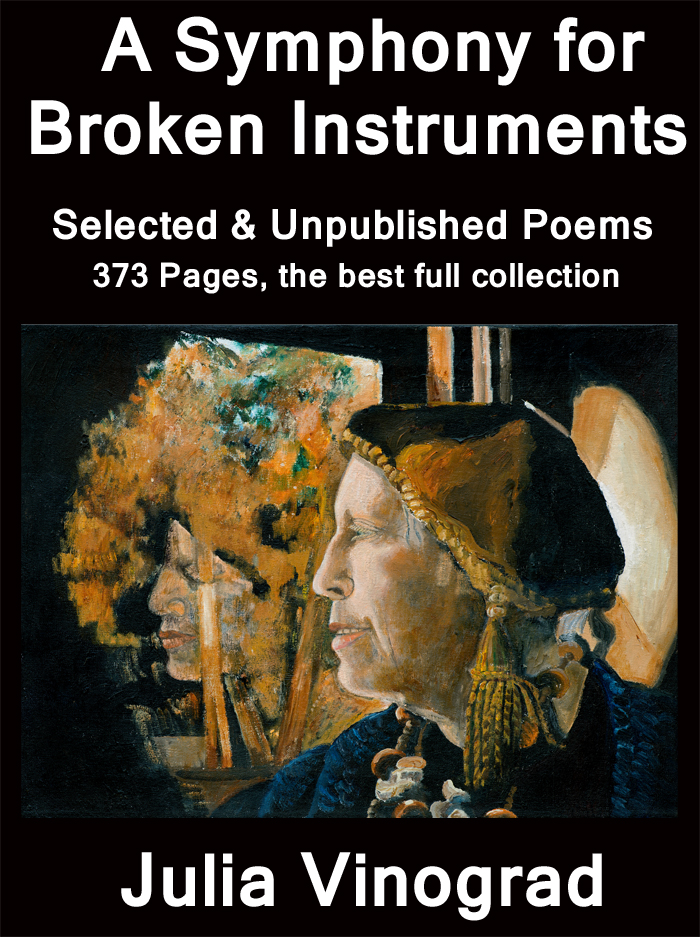
Geometry of Air: The Poetry of Ulalume González de León
by Terry Ehret
I DISCOVERED MEXICAN POET Ulalume González de León in the fall of 1982 as one of thirty-odd students in Frances Mayes’s very first graduate workshop on the prose poem at San Francisco State. Our text, Michael Benedikt’s The Prose Poem: An International Anthology, featured a long prose poem in fifteen parts, “Anatomy of Love.” I was instantly enthralled by the language: a richly erotic imagery blending anatomical and scientific vocabulary in an unconventional syntax. To discover just how this poem’s magic worked, I experimented with the seventh part, “la recherche du corps perdu” (the search for the lost body). I dismantled the language, organizing the words by parts of speech; then I assembled them in new patterns, rather like the process of recombinant DNA, to create a kind of “mutant” poem. This became “Lost Body,” the title poem of my first collection.
Thirty years later, wanting to read more of González de León work, I Googled the name, not knowing at the time that this mysterious poet was a “she”—a confusion she apparently didn’t mind and even courted during her life. Oddly enough, the first entry that came up was my name. I had no idea how this could be, until I realized that the one reference to her name in English on the Internet was my poem, with its epigraph “after ‘Anatomy of Love’ by Ulalume González de León.” Immediately I wanted to rectify this and find a way to bring this poet’s life and work to a wider English-speaking audience. Working with fellow Sonoma County poets John Johnson and Nancy Morales, we set to work translating González de León’s biography and some of her poems.
González de León was the daughter of poets Roberto and Sara de Ibáñez. Whether it was the incantatory power of her name, inspired by the poetry of Edgar Allen Poe, or the company of artists and poets who frequented her parents’ home in Montevideo, Uruguay, Ulalume proved a precocious child. She began writing poetry at age four, studied at a French Lycée, and after earning her baccalaureate and a government scholarship, studied literature and philosophy at the Sorbonne in Paris. There she met her husband, artist and architect Teodoro González de León. She resumed her studies at the University of Mexico, and later became a nationalized Mexican citizen.
In the 1960s and 70s, González de León was an inspirational leader of a generation of Latin American women writers experimenting with language and challenging the traditional identities of women, marriage, and relationships. She won many literary awards for her visionary essays, stories, and poems, and worked on the editorial boards of the journals Plural and Vuelta, under the direction of Octavio Paz, who considered her “The best Mexicana poet since Sor Juana Inés de la Cruz.” She also translated the work of Elizabeth Bishop, Ted Hughes, Lewis Carroll, and e.e. cummings.
Given my first experimentation with González de León’s language, it pleased me to learn that she believed that everything had already been written, and that each writer is actually rewriting, reshuffling, and reconstructing a part of the one great poem. This idea of stolen or reworked language is so important to her that when her collected works were published, she chose the title Plagios/Plagiarisms.
Most of all, what draws me to this poet is a sense of the ephemeral nature of identity, how dependent upon the ever-shifting ground of language and memory, and a quality Octavio Paz described as “a geometry of air.” Translating her poems has been a challenge because, in Paz’s words, “if we seek to touch them, they disintegrate.” Nonetheless, her work resonates so deeply, our goal is to bring these poems into English equivalents that retain the original complexity and delicacy of her language.![]()
Terry Ehret, one of the founders of Sixteen Rivers Press, has published four collections of poetry, most recently Night Sky Journey, from Kelly’s Cove Press. Literary awards include the National Poetry Series, California Book Award, Pablo Neruda Poetry Prize, a nomination for the Northern California Book Award, and five Pushcart Prize nominations. From 2004-2006, she served as the poet laureate of Sonoma County where she lives and teaches writing.
— posted August 2016




